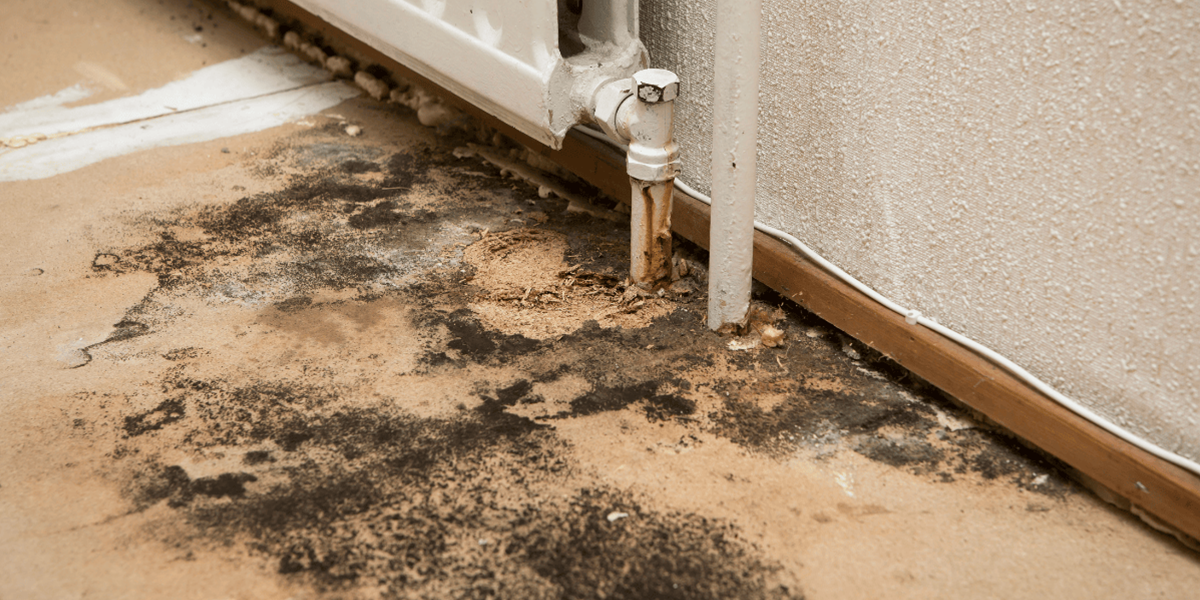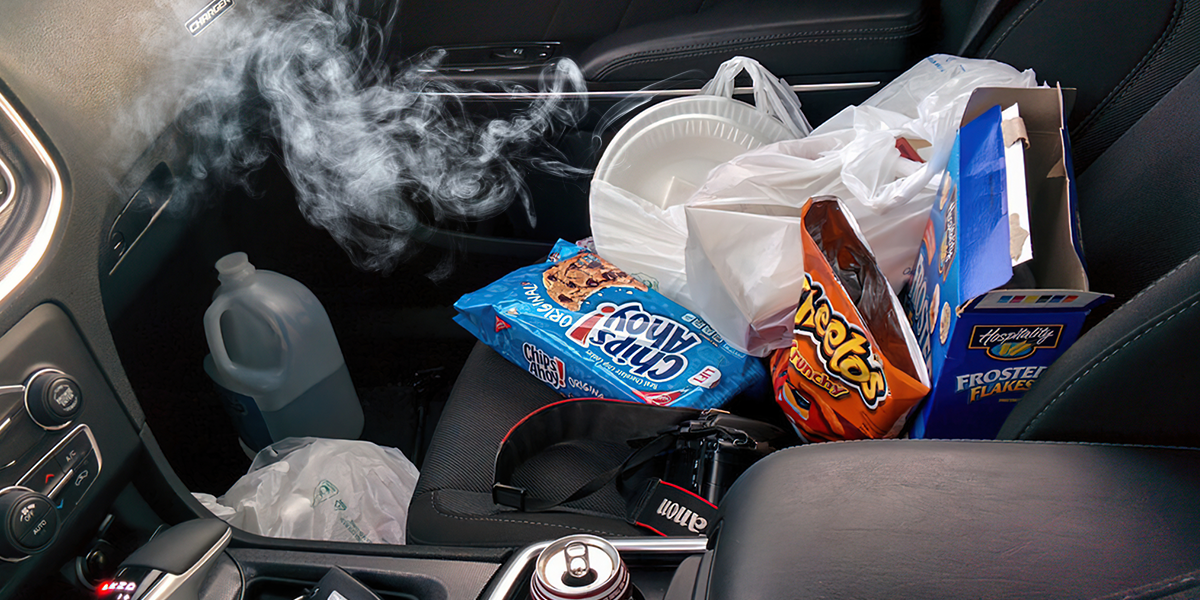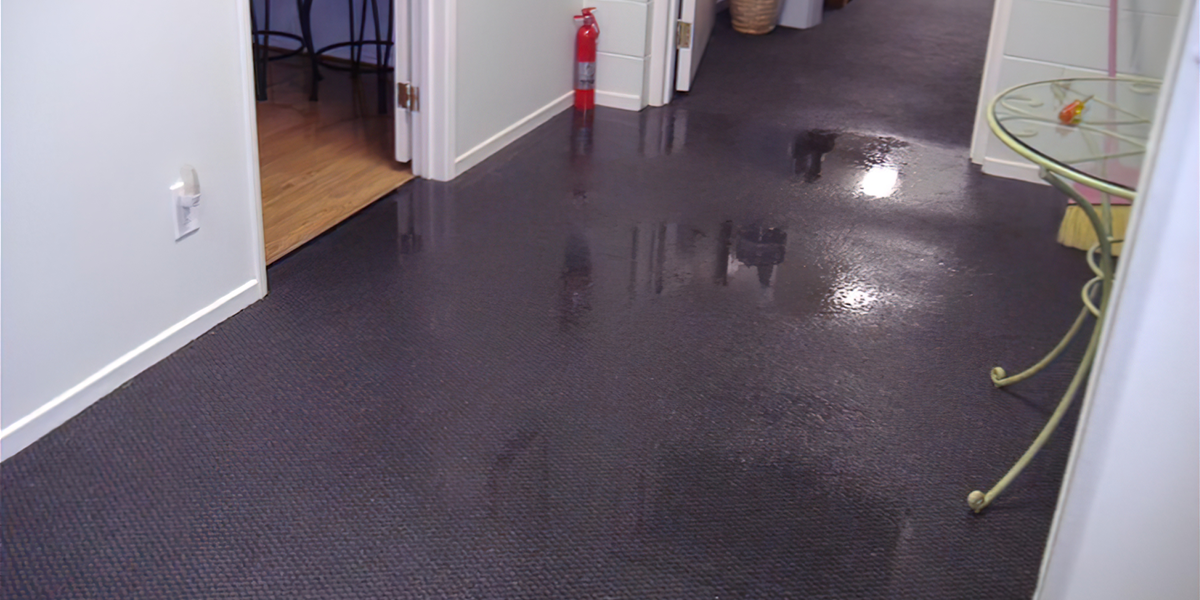Do you notice a musty smell or unsightly stains on your walls each time you enter your home? If so, you may be experiencing excessive humidity. While some humidity is necessary, excessive levels can affect both your comfort and the structural integrity of your living space.
But how can you tell you have humidity problems?
You just need to keep an eye out for some telltale signs of elevated moisture levels. In this article, we will explore five distinct signs that indicate your home may be experiencing a humidity problem and provide practical solutions on what to do about it.
5 Signs Your Home Has A Humidity Problem
Identifying the signs of a humidity problem is crucial for maintaining a healthy and pleasant indoor environment. Here are five key indicators that your home might be experiencing high humidity levels:
1. Condensation on Windows and Walls
One of the most visible signs of excess humidity is the presence of condensation on windows and walls. When warm, moist air comes into contact with cooler surfaces, water vapor condenses into liquid droplets.
If you consistently notice water droplets forming on your windows or walls, it is a clear indication that the indoor humidity levels are too high. To address this issue, consider improving ventilation in your home or using dehumidifiers to get rid of excess humidity.
2. Musty Odors
Do you often notice a weird musty smell in your home? It often indicates mold growth, which thrives in damp conditions. If you notice a persistent odor, make a point of investigating and addressing the source of excess humidity.
To address this issue, regularly clean and ventilate areas prone to moisture accumulation, such as bathrooms, basements, and kitchens. Use exhaust fans to expel humid air and ensure proper ventilation throughout your home.
3. Visible Mold Growth
One of the more serious consequences of high humidity is the growth of mold on surfaces. Mold can develop on walls, ceilings, or hidden spaces like the back of furniture. If you notice black spots or patches on walls, ceilings, or other surfaces, it is a clear sign of mold infestation.
If left unchecked, mold growth may damage your home and pose serious health risks. Once you notice mold stains, clean and disinfect affected areas using mold-killing solutions. Repair leaks promptly, and consider using mold-resistant paints in susceptible areas.
4. Warping or Buckling of Wood
Wood is highly sensitive to changes in moisture levels. High humidity can cause wood to absorb excess moisture, leading to warping, buckling, or even rotting. Common areas affected include wooden floors, furniture, and structural elements.
If you notice any damage, repair or replace any damaged wood promptly to prevent more extensive damage. Seal and protect wooden surfaces with appropriate finishes to minimize moisture absorption.
5. Increased Pest Activity
Pests thrive in humid environments and they can be a nuisance when they invade your living space. If you start noticing large numbers of insects such as termites, cockroaches, and silverfish, you may have a humidity problem. Regular cleaning, sealing entry points, and maintaining proper humidity levels can help keep unwanted visitors at bay.
How to Reduce Humidity Levels in Your Home
Now that you have moisture problems, how do you eliminate them? Here are some effective ways to get rid of excessive humidity.
1. Use Dehumidifiers in Damp Areas
Dehumidifiers extract excess moisture from the air. Place dehumidifiers in areas prone to dampness, such as basements, bathrooms, or any space with inadequate ventilation. Regularly empty the collected water and clean the unit to ensure optimal performance.
2. Ensure Proper Ventilation with Exhaust Fans and Open Windows
Improving ventilation reduces indoor humidity levels. Install exhaust fans in kitchens and bathrooms to expel moist air outdoors. Additionally, open windows whenever possible to allow fresh air to circulate and replace humid indoor air with drier outdoor air.

3. Fix Leaks Promptly
Water leaks contribute significantly to increased humidity levels. Inspect your home regularly for leaks in roofs, pipes, faucets, or appliances. Address any leaks promptly to prevent the accumulation of moisture, which can lead to more severe humidity-related issues.
4. Seal Gaps and Cracks in Walls, Windows, and Doors
Gaps and cracks in walls, doors, and windows allow humid outdoor air to infiltrate your home. Seal these openings with weather stripping, caulk, or other appropriate materials to create a barrier against moisture intrusion. This helps maintain a controlled indoor environment.
5. Consider Using Moisture-Absorbing Products
You can strategically place moisture-absorbing products, such as desiccants or moisture-absorbing crystals in closets, cabinets, or other enclosed spaces. These products help absorb excess moisture, contributing to a drier environment. They also prevent mold and musty odors from developing.
6. Use Air Conditioning to Control Humidity
Air conditioning not only cools your home but also acts as an effective dehumidifier. Modern air conditioning systems are designed to remove moisture from the air as they cool it. Ensure that your air conditioning system is well-maintained and properly sized for your home to maximize its dehumidifying capabilities.
7. Store Your Items Properly
Proper storage practices help in managing and preventing excess humidity within your home. Overcrowding closets and storage areas can create an environment conducive to moisture retention, leading to potential issues such as mold growth and a generally damp atmosphere.
Consider organizing stored items with some space between them. This spacing allows air to flow freely, reducing the likelihood of humidity becoming concentrated in specific areas.
8. Seek Professional Help
If humidity issues persist or if you encounter difficulties in identifying and addressing the root causes, it would be best to seek professional assistance.
A qualified HVAC technician or moisture control specialist can conduct a thorough assessment of your home, identify specific problem areas, and recommend tailored solutions to effectively manage and reduce humidity levels.
Bottom Line
And there you have it! Now you are armed with the knowledge to identify and eliminate excess humidity from your space.
By addressing issues promptly and implementing effective solutions, you can prevent damage to your property and create a healthy environment for you and your family. If you have any further questions or require assistance, don't hesitate to contact us.









Shop For Dehumidifier